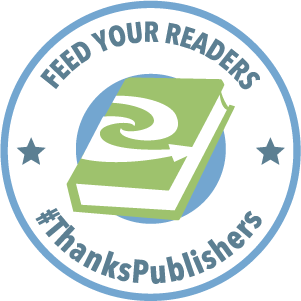The incredible true story of the young women exposed to the “wonder” substance of radium and their brave struggle for justice…
As World War I raged across the globe, hundreds of young women toiled away at the radium-dial factories, where they painted clock faces with a mysterious new substance called radium. Assured by their bosses that the luminous material was safe, the women themselves shone brightly in the dark, covered from head to toe with the glowing dust. With such a coveted job, these “shining girls” were considered the luckiest alive—until they began to fall mysteriously ill. As the fatal poison of the radium took hold, they found themselves embroiled in one of America’s biggest scandals and a groundbreaking battle for workers’ rights.
A rich, historical narrative written in a sparkling voice, The Radium Girls is the first book that fully explores the strength of extraordinary women in the face of almost impossible circumstances and the astonishing legacy they left behind.
Many thanks to NetGalley for this advanced reading copy!
From the moment I started reading THE RADIUM GIRLS I was enthralled. The author’s goal for the reader to learn about each individual girl is thoughtful and ambitious. This is truly a book where the characters are at the forefront of the story. We see how each one, eager to earn a living, found Radium Dial and sealed their fate. The author handles the tragedy with diplomacy and underscored, yet effective use of detail, both medical and non (such as when one of the ill-fated girls catches a glimpse of herself in a mirror and sees her bones glowing through her skin. She realizes she has radiation poisoning and promptly faints.).
As I read, I became infuriated and frustrated with the way that the girls were lied to and manipulated by the company. Banking upon their innocence, the “doctors” that examined them kept the true results hidden, while telling them that they were the picture of health. Over and over, they would experience a toothache or jaw pain; the harbinger of things to come. Insidiously things progressed to such a degree that walking or eating without pain was impossible. Thankfully, finally, the stars aligned and the case was brought to court. I am still amazed that there wasn’t more public outcry at their plight; this would never happen today. (Or would it? See the author’s epilogue.)
The author’s style is clean and easy to read; letting the story shine through without calling attention to how it’s being said. Once the “how” overshadows the “what”, I lose patience with a book. The writing flowed naturally here, letting emotions build and always keeping the girls front and center.
Each life is carefully, lovingly recreated – all the hopes, dreams and horror each Radium Girl experienced. By making each “girl” have a background, this brings them to life and makes this tragedy more real. There are so many moments in this book that made me stop to think about these poor victims – if they were men, would things have progressed as far as they did? These lives were truly taken for granted to further Radium Dial’s needs. I’m not sure which is more terrifying; the fact that radium has a half life of 1600 years (meaning their bodies are still emitting radiation from the grave) or that no one thought to care more about these women who were clearly suffering. Even the dimunitive “girls” is simultaneously endearing and dismissive, if you think about it.
THE RADIUM GIRLS was one of the best books I’ve read in a while, partly because the subject is fascinating, and because it allowed me to feel a gamut of emotions; to have me truly invested in the story and its outcome. The strength these women possessed is evident on every page, keeping the tension high and making them heroines regardless of how they were treated.
Kudos to the author for illuminating their lives as she did! She took these “statistics” and made them human…forcing us all to think about how the girls were treated as disposable. The description of the court battles is very detailed, further underscoring the evil corporation’s plans to try to drag out the proceedings, hoping the women would die before they would have to appear in court.
I have nothing bad to say about this book; there is history, pathos, hope, and humanity on every page. This should be required reading in high school, both to keep these girl’s memories alive, and to prevent suffering like this from ever happening again.
Want your own copy? You can pick it up [easyazon_link identifier=”B01N7KMS7X” locale=”US” nw=”y” tag=”gimmethatbook-20″]here[/easyazon_link].














Recent Comments